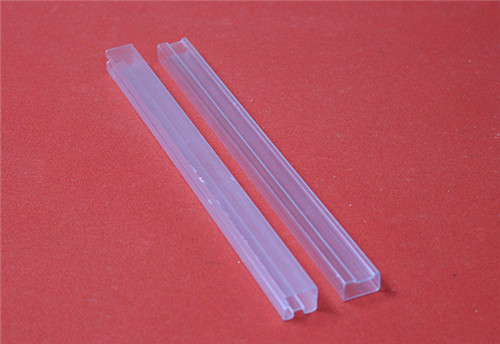
Phone Number :
12 19, 2023

In high-pressure environments, such as industrial facilities, construction sites, and agricultural settings, the use of PVC hoses is essential for various applications. However, it is crucial to prioritize safety when working with PVC hoses to prevent accidents, injuries, and equipment damage. This article discusses comprehensive safety measures that should be followed when using PVC hoses in high-pressure environments.
The first step in ensuring safety is to select the appropriate PVC hose for the specific application. Consider factors like the working pressure, temperature range, and compatibility with the fluid being transported. It is recommended to consult manufacturers' guidelines and industry standards to determine the right PVC hose that can withstand the highest pressure expected in the environment.
To maintain the integrity and safety of PVC hoses, regular inspection and maintenance should be performed. Inspect the hoses for signs of wear, such as cracks, bulges, or leaks. Replace any damaged hoses immediately. Regularly clean the hoses to remove dirt, debris, and chemical residues that can weaken the material and compromise safety.
Proper handling and storage of PVC hoses are critical for longevity and safety. Avoid sharp bends or kinks that can weaken the hose structure and lead to failure under pressure. Use hose reels or racks for storage to prevent tangling, crushing, or exposure to harsh elements. Protect the hoses from direct sunlight, extreme temperatures, and contact with chemicals or solvents that can degrade the material.
Ensure that the fittings and connections used with PVC hoses are compatible and can withstand the intended pressure. Improper fittings can cause leaks, blowouts, or whip hazards. Properly secure all connections and regularly check for any signs of loosening or leakage during operation. Utilize additional safety measures, such as hose clamps or safety cables, for extra reinforcement in high-pressure applications.
An essential aspect of ensuring safety in high-pressure environments is providing proper training to operators. Educate personnel on the potential hazards associated with PVC hoses and the importance of following safety protocols. Training should include proper hose handling techniques, emergency procedures, and awareness of pressure limits. Encourage open communication, and establish a reporting system for any concerns or incidents related to PVC hose safety.
Working with PVC hoses in high-pressure environments requires stringent safety measures to mitigate risks effectively. By selecting the right hoses, performing regular inspection and maintenance, practicing proper handling and storage, using appropriate fittings and connections, and providing adequate training to operators, the safety and reliability of PVC hoses can be maximized. Adhering to these safety measures ensures a safe and efficient work environment, preventing accidents and maintaining equipment integrity.